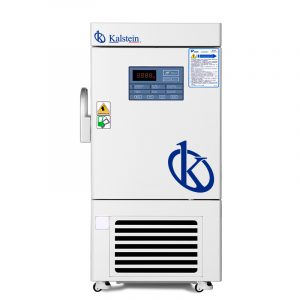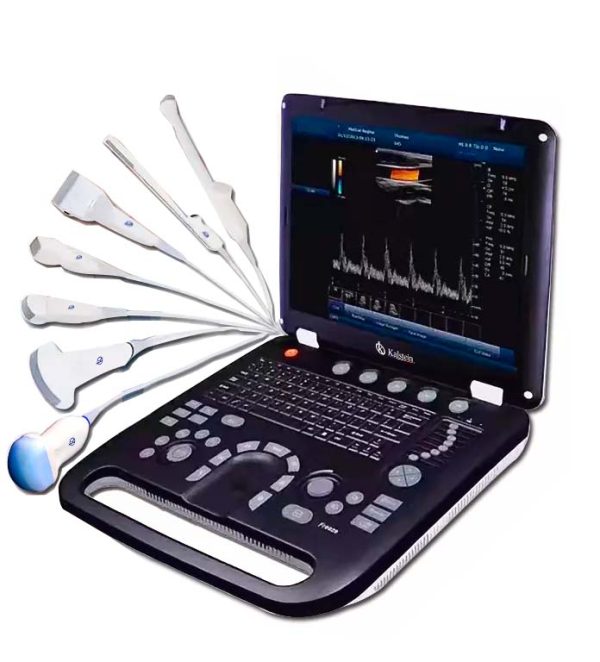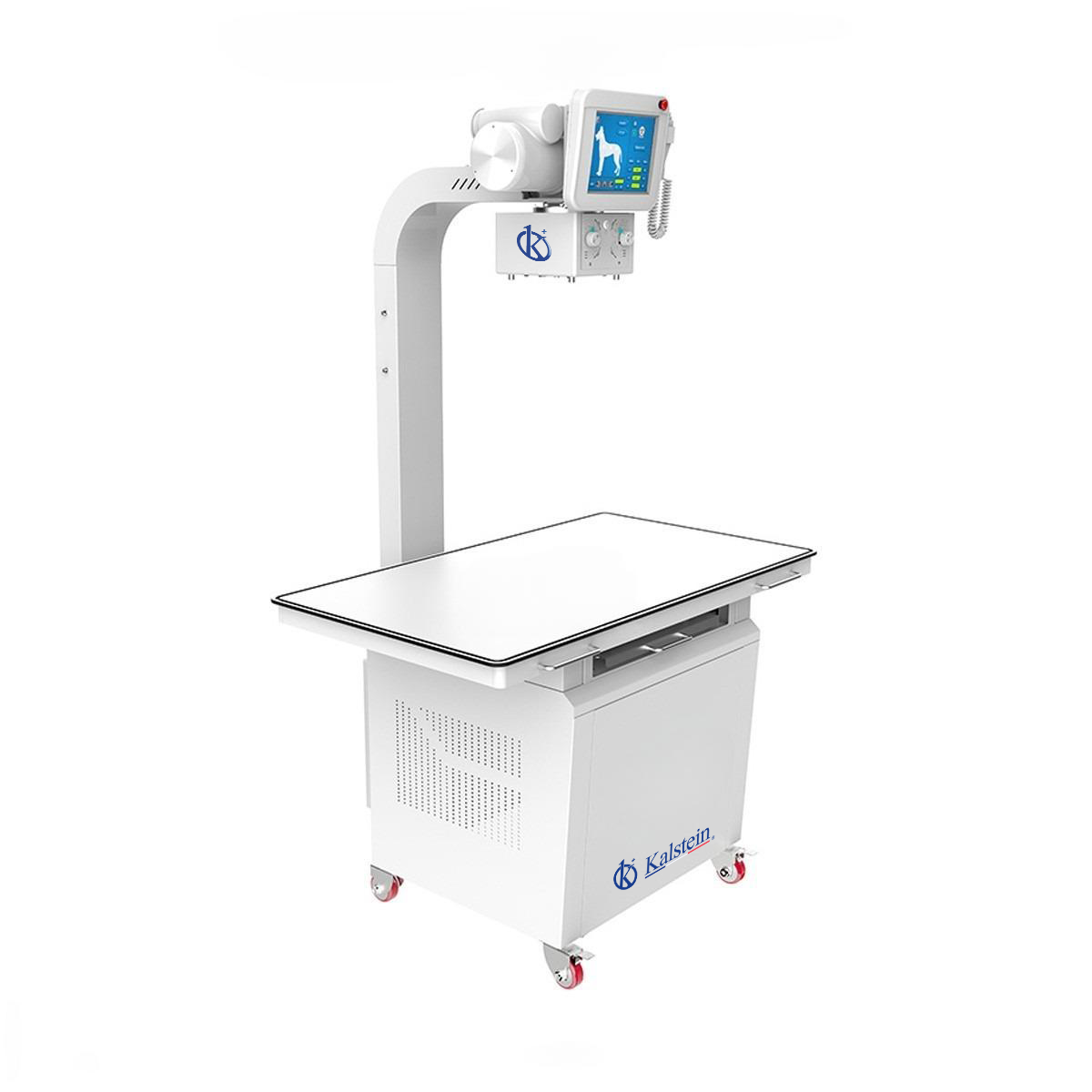Within the pharmaceutical technology and biotechnology sectors, it is essential to retain medical and biological evidence and materials at extremely low temperatures, up to -86 °C, for several weeks or even years.
It is therefore necessary to integrate the ultrabezoars in the laboratories, and to achieve this, it is essential to maintain the maximum safety and reliability of the cooling system, to increase safety and prevent equipment failures in a notable and continuous way, introducing a great number of advances.
Applications and Use of the Ultra Freezer in the Laboratory
An ultra freezer, commonly referred to as the -80 freezer, in reference to the most common temperature standard. Ultra freezers come in both vertical and horizontal freezer formats.
These units, with cascading cooling systems, use up to 20 times the energy footprint of domestic refrigerators and are used to cool with greenhouse gas fluids.
Also, an ultrabezier differs from the freezers commonly used in a main feature, through its application, which are:
- Biological (life sciences, bacteria and micro-organisms)
- Pharmaceutical and chemical (synthetic materials, enzymes, reagents)
- Medical (cells, DNA, bone material, plasma, virus)
- Food (deep-sea fishing)
The main characteristic of an ultrabezier is to store or store samples at low temperature and for a long time, so the reference applications include particularly delicate samples.
In most cases, an ultra-freezer is equipped with a dual cooling system where, in the event of a system failure, the other system maintains a stable temperature, in order to protect the samples inside.
Processing and Preservation of Samples by the Ultra Freezer
Using the long-term cryopreservation system (including cold chain infrastructure) of biological samples such as DNA, RNA, proteins, cell extracts or reagents, samples are rapidly frozen at low temperature, always below -40°C and with a maximum duration of 90 minutes (depending on the net mass).
In any freezing process, water crystallizes depending on the size of the crystals and the freezing rate. In this sense, to prevent water damage to the material, samples are deep-frozen, allowing living systems to be present in cells, so that cell metabolism occurs.
By deep-freezing, the crystals that form are almost imperceptible and do not damage tissues. If a normal freezing process is performed these crystals will be larger and may damage the material.
Ultra-freezing Methods
The goal of dry ice, also known as carbon snow, is nothing more than solid state carbon dioxide. Its temperature is usually around -80°, and its cooling power is three times higher than conventional ice, having a capacity to reduce the temperature to -80° within minutes. Its main advantage is that it does not melt, when moving from solid state to gaseous does not leave any residue, being one of the most used materials in the transport of biological and deep-frozen samples.
Likewise, the other method of ultra-freezing, is liquid nitrogen, pure nitrogen at a temperature of -196C°, stored in large tanks and on a smaller scale in small pitchers enabled for the transport of biological material, this liquid, is widely used in the conservation of biological samples or cryogenics, being the fastest way of ultra-freezing.
Ultra Freezer Brand Kalstein
At Kalstein, we are able to meet the demands of our users in the selection of laboratory equipment. We offer you, the YR series Ultra Freezer, which has attractive features, such as: Microprocessor controlled system, designed for controlled range from -40 ° C to -86 ° C for cabinet space with increments of 1 ° C. Configurable high and low temperature alarms. Automatic filter cleaning alarm and sensor error alert. Adjustable storage rack height. Temperature recorder, storage shelves and optional storage box. HERE
At Kalstein, as manufacturers, we provide all the advice our customers need, so that their purchase is ideal, and at excellent prices.Come visit us at HERE




